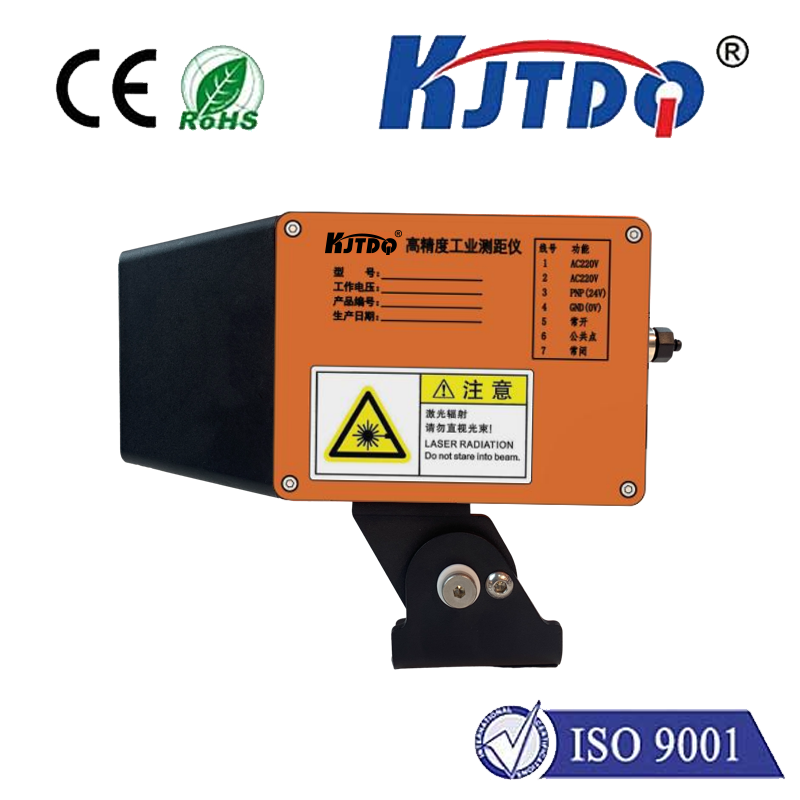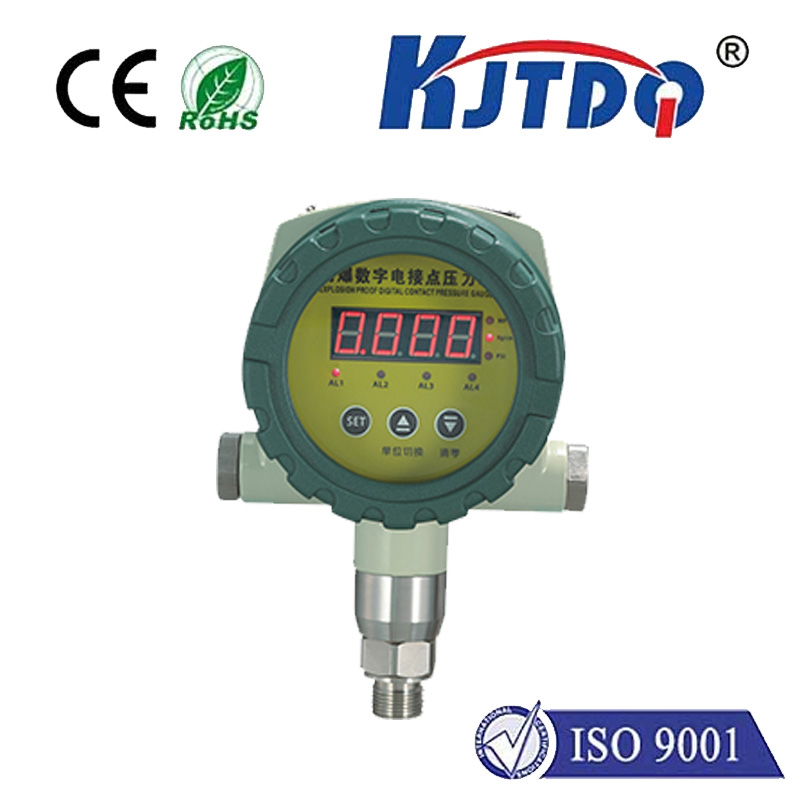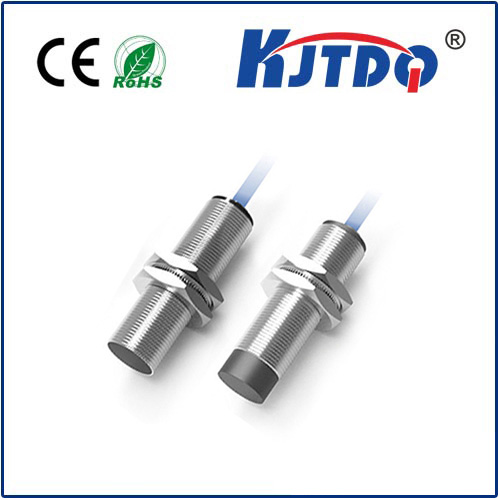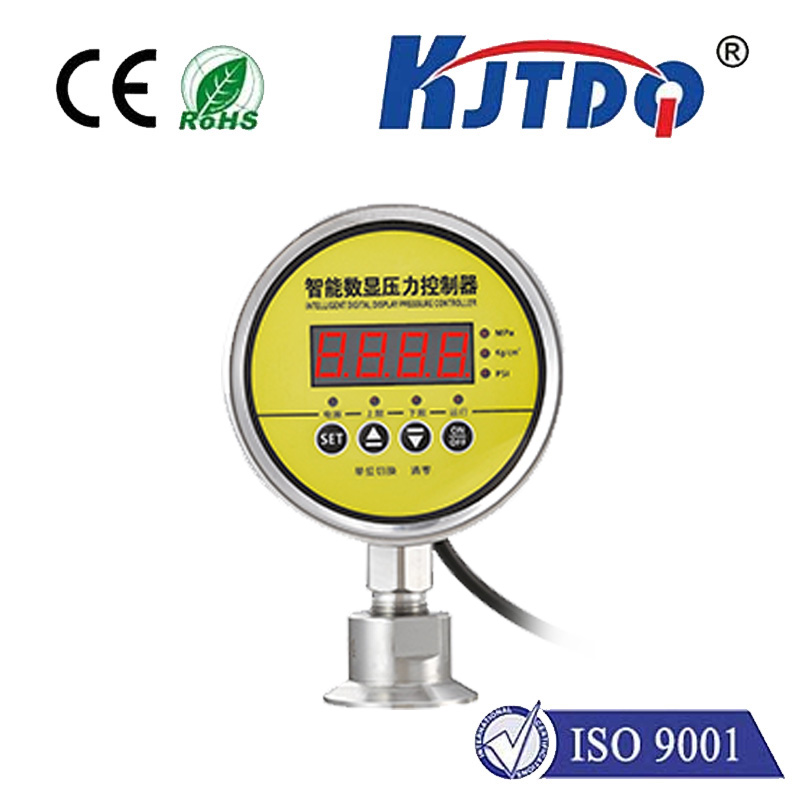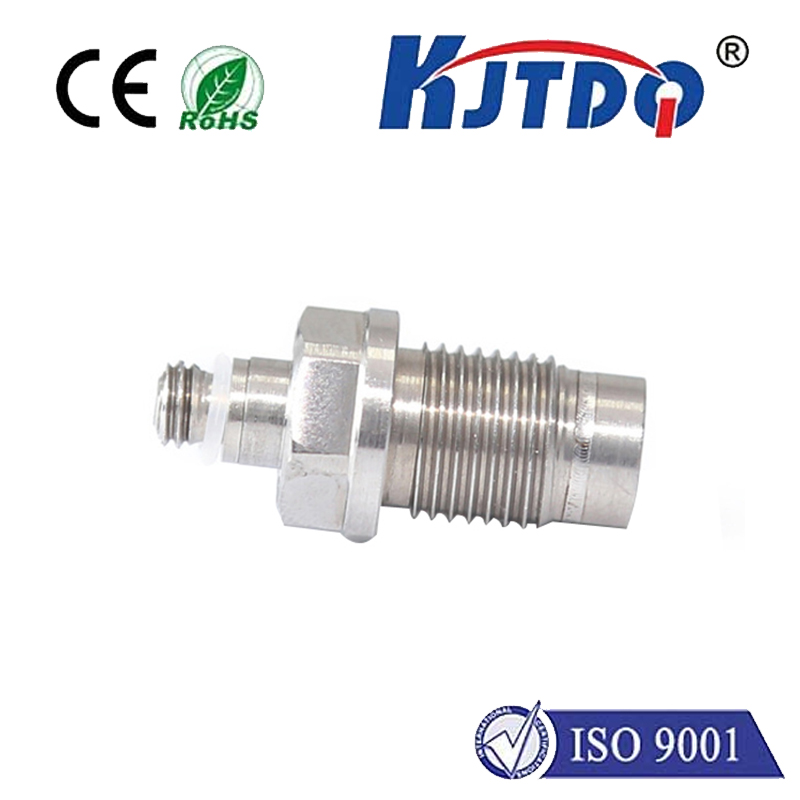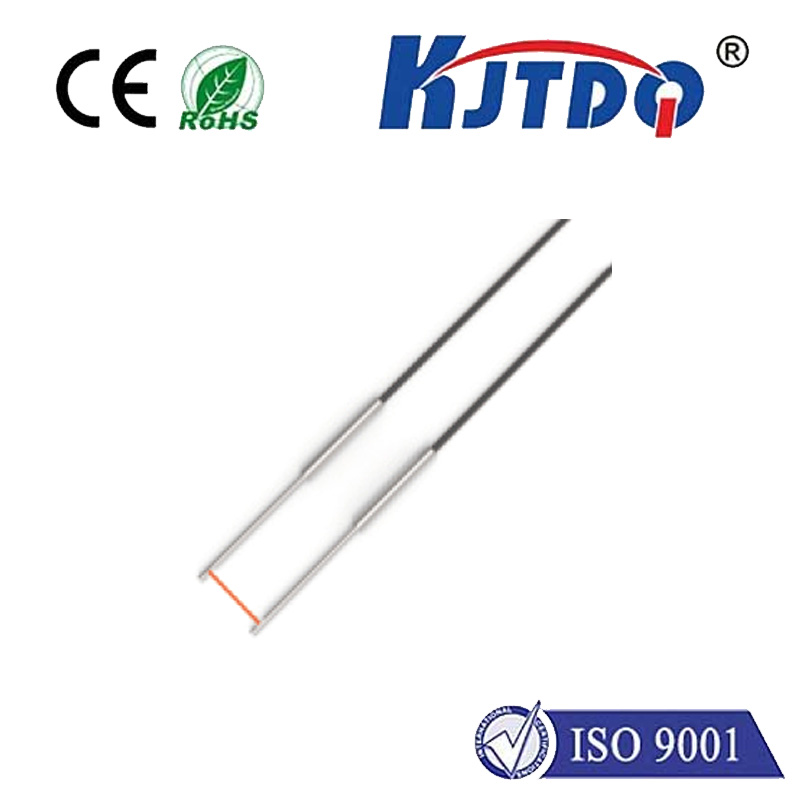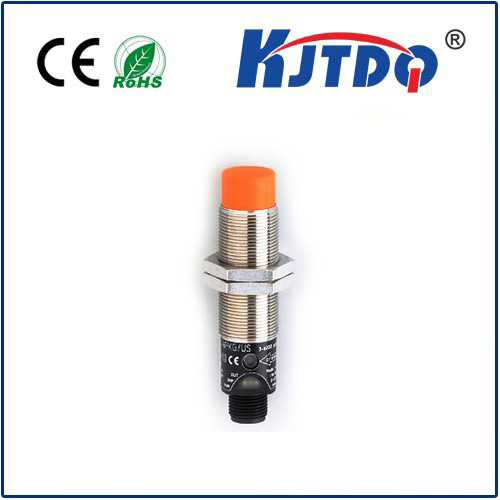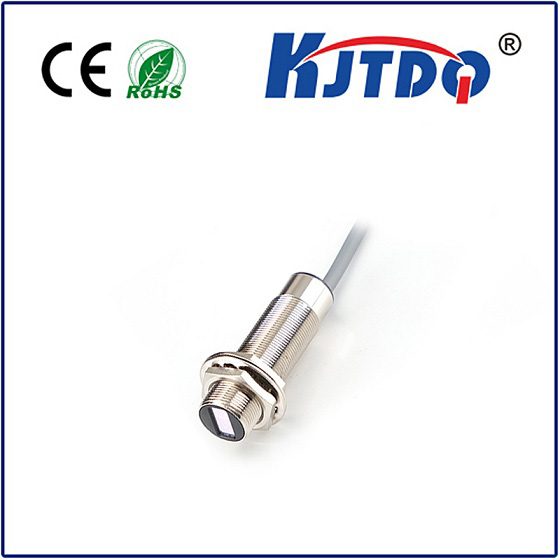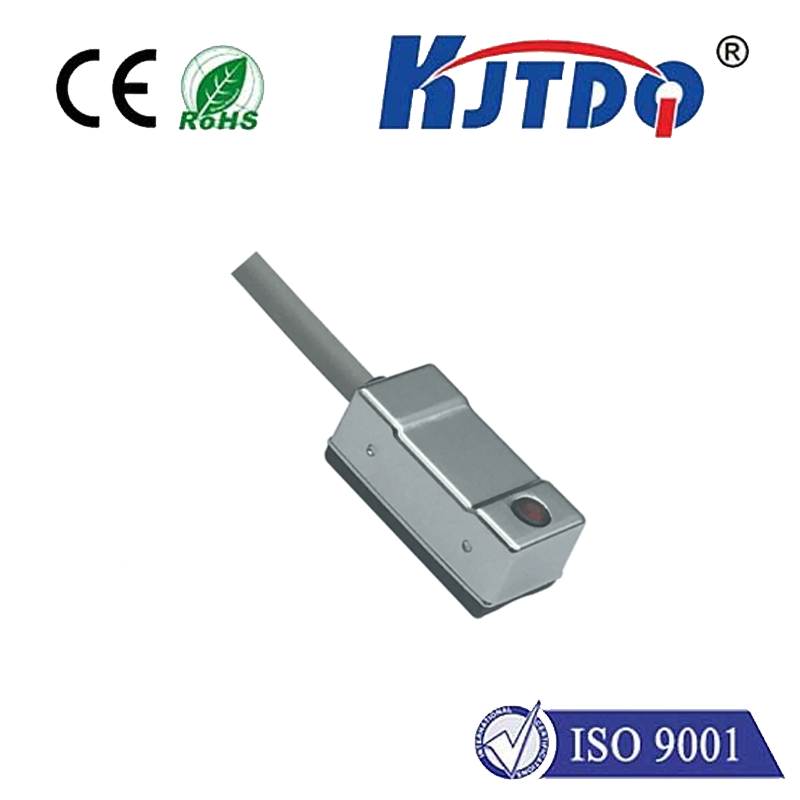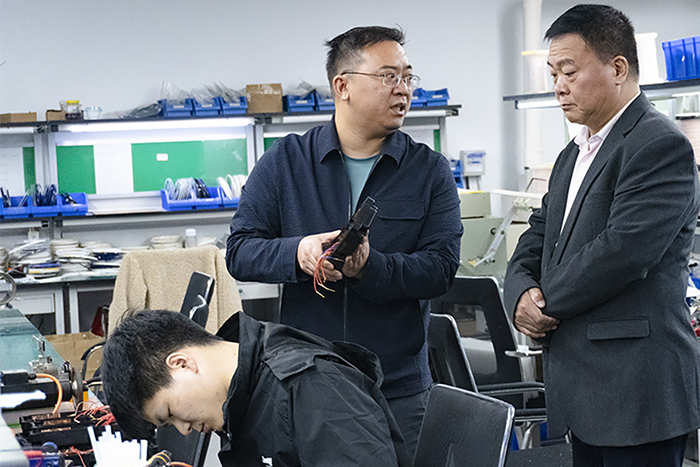
check

check

check
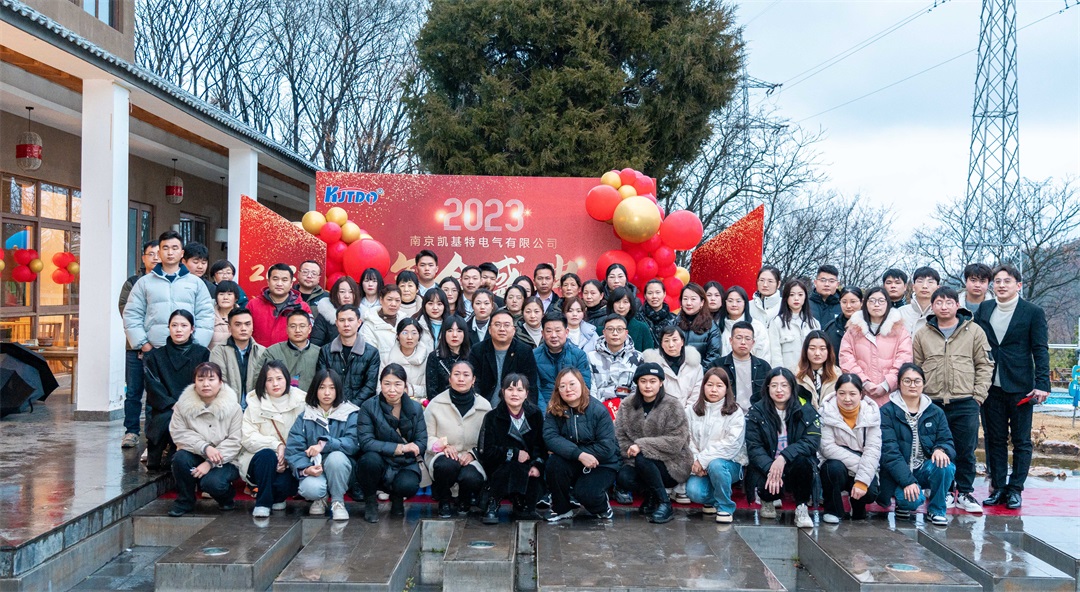
check
NonContact Laser Measurement: Revolutionizing Precision in Modern Industries In a world where precision and efficiency are paramount, non-contact laser measurement has emerged as a game-changing technology. Whether it’s in manufacturing, construction, or scientific research, this innovative method offers unparalleled accuracy without the need for physical interaction. Imagine measuring the tiniest details of an object or structure without ever touching it—sounds like science fiction, right? Well, it’s not. Non-contact laser measurement is here, and it’s transforming industries in ways we never thought possible.
At its core, non-contact laser measurement is a technique that uses laser beams to measure dimensions, distances, and surface characteristics without physical contact. Unlike traditional methods that rely on calipers or tape measures, this approach leverages advanced optics and sensors to capture data with incredible precision. The technology works by emitting a laser beam onto a target surface. The reflected light is then analyzed to calculate parameters such as distance, shape, and even surface roughness. This process is not only faster but also eliminates the risk of damaging delicate or sensitive materials.
The versatility of non-contact laser measurement has made it a cornerstone in various fields. Here’s a closer look at how it’s being utilized:
Manufacturing and Quality Control In manufacturing, precision is non-negotiable. Non-contact laser measurement systems are widely used to inspect components, ensuring they meet stringent quality standards. For instance, in the automotive industry, these systems are employed to measure engine parts, body panels, and other critical components. The ability to detect even the slightest deviations helps manufacturers maintain consistency and reduce waste.
Construction and Architecture In construction, accuracy is crucial for ensuring structural integrity. Non-contact laser measurement tools, such as laser rangefinders and 3D scanners, are used to map buildings, measure distances, and verify alignments. This not only speeds up the construction process but also minimizes errors that could lead to costly rework.
Medical and Scientific Research The medical field has also embraced this technology for applications like 3D imaging and surface analysis. In research, non-contact laser measurement is used to study materials at a microscopic level, providing insights that were previously unattainable.
Why is this technology gaining so much traction? Here are some of its standout benefits:

High Precision: Laser measurement systems can achieve accuracy levels down to micrometers, making them ideal for applications where even the smallest error is unacceptable.
Speed and Efficiency: Measurements are taken in a matter of seconds, significantly reducing downtime and increasing productivity.
Non-Invasive: Since there’s no physical contact, the risk of damaging the object being measured is eliminated. This is particularly valuable for delicate or sensitive materials.
Versatility: The technology can be adapted for a wide range of applications, from measuring large structures to analyzing microscopic details.
Several technologies power non-contact laser measurement systems, each with its unique capabilities:
Laser Triangulation This method involves projecting a laser beam onto a surface and using a camera to capture the reflected light. By analyzing the angle of reflection, the system calculates the distance to the surface. It’s commonly used for measuring small objects with high precision.
Time-of-Flight (ToF) ToF systems measure the time it takes for a laser pulse to travel to a target and back. This method is ideal for measuring larger distances, such as in construction or surveying.
Interferometry Interferometry uses the interference patterns of laser beams to measure extremely small distances or changes in surface characteristics. It’s often used in scientific research and high-precision manufacturing.
While non-contact laser measurement offers numerous advantages, it’s not without its challenges. Factors like ambient light, surface reflectivity, and environmental conditions can affect accuracy. However, ongoing advancements in sensor technology and software algorithms are addressing these issues, making the systems more robust and reliable. Looking ahead, the future of non-contact laser measurement is incredibly promising. The integration of artificial intelligence (AI) and machine learning is set to enhance data analysis, enabling even smarter and more efficient measurements. Additionally, the development of portable and handheld devices is making this technology more accessible to a broader range of industries.
With so many options available, selecting the right non-contact laser measurement system can be daunting. Here are a few factors to consider:
Accuracy Requirements: Determine the level of precision needed for your application.
Measurement Range: Ensure the system can handle the size and distance of the objects you’re measuring.
Environmental Conditions: Consider factors like lighting, temperature, and surface properties that could affect performance.
Ease of Use: Look for systems with user-friendly interfaces and software that streamline the measurement process.
Non-contact laser measurement is more than just a technological innovation—it’s a revolution in how we approach precision and efficiency. From manufacturing floors to construction sites and research labs, this technology is setting new standards for accuracy and reliability. As advancements continue to push the boundaries of what’s possible, there’s no doubt that non-contact laser measurement will remain a cornerstone of modern industry. So, whether you’re a seasoned professional or just exploring the possibilities, now is the time to embrace this transformative technology.
